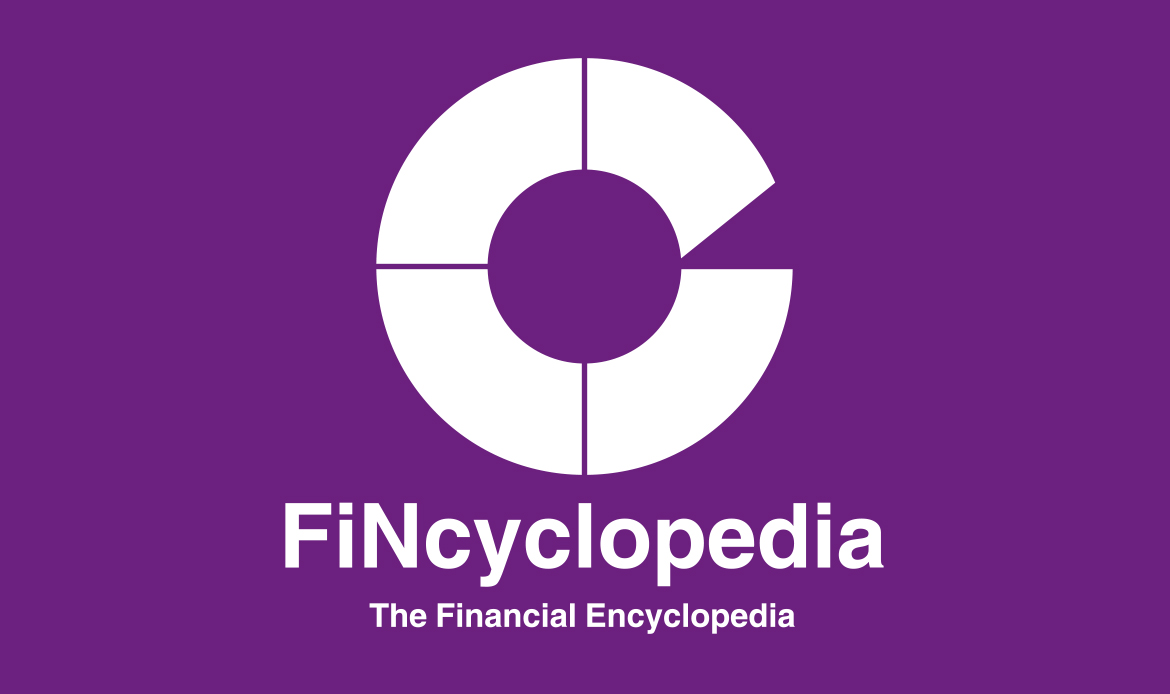An IPO (initial public offering), or new issue, is a process by which a company’s security is offered for sale to investors for the first time. A private (privately held) company intending to g public can raise capital by issuing securities to the public through the primary market. In an initial public offering (IPO), it is the company’s shares, not the shareholders’ shares, which are sold to investors, and the sale proceeds go to the company to finance its future growth. When a company plans to go public, it first has to select one or more investment banks as underwriter or co-underwriters for the offering.
IPOs, per se, are a type of book building (in addition to accelerated book building and reverse book building). As a process, it involves collection of information about investors’ intentions as to the volumes they are willing to have and the prices they are willing to offer for a security. Book building is typically customized to an issuer’s needs, and constitutes one of the most common methods used for public offerings. It is designed to provide both the company (issuer) and the investment bank a solid ground for a successful offering. The bank marketing an offering gathers this information about investors’ intentions as to required quantities and corresponding offer prices. Book building is a method of pre-market price discovery for initial public offerings (IPOs) and secondary offerings.
There are two main types of IPOs: fixed price IPOs and book building IPOs.
- Fixed price IPO: an IPO in which, and contrary to bookbuilding, the final offer price is determined prior to opening the door for order placement by investors. This price, which is set prior to the offer date (by 2 weeks to 2 months) is typically declared and set out in the preliminary prospectus. The role of an underwriter is confined to distributing the prospectus to potential investors, collecting order applications, and allocating the shares.In a fixed-price IPO, the price is fixed, rather than set within a price range. Fixed-price mechanism does not give discretion to underwriters as to pricing and allocation of the offered shares.
- Book building IPO: an IPO in which an issuer and its underwriter specify a price range (lower and upper bounds) within which investors can bid for the issued securities. Bidding involves specification of the desired number of securities and corresponding price (i.e., the price investors are willing to pay). The offering has a cut-off price– i.e., the price at which the subscribed securities are allotted to investors. However, the final price is set based on the demand identified at different price levels. The IPO is executed by means of book building and hence it is more flexible as a method and allows a wider investor participation.



